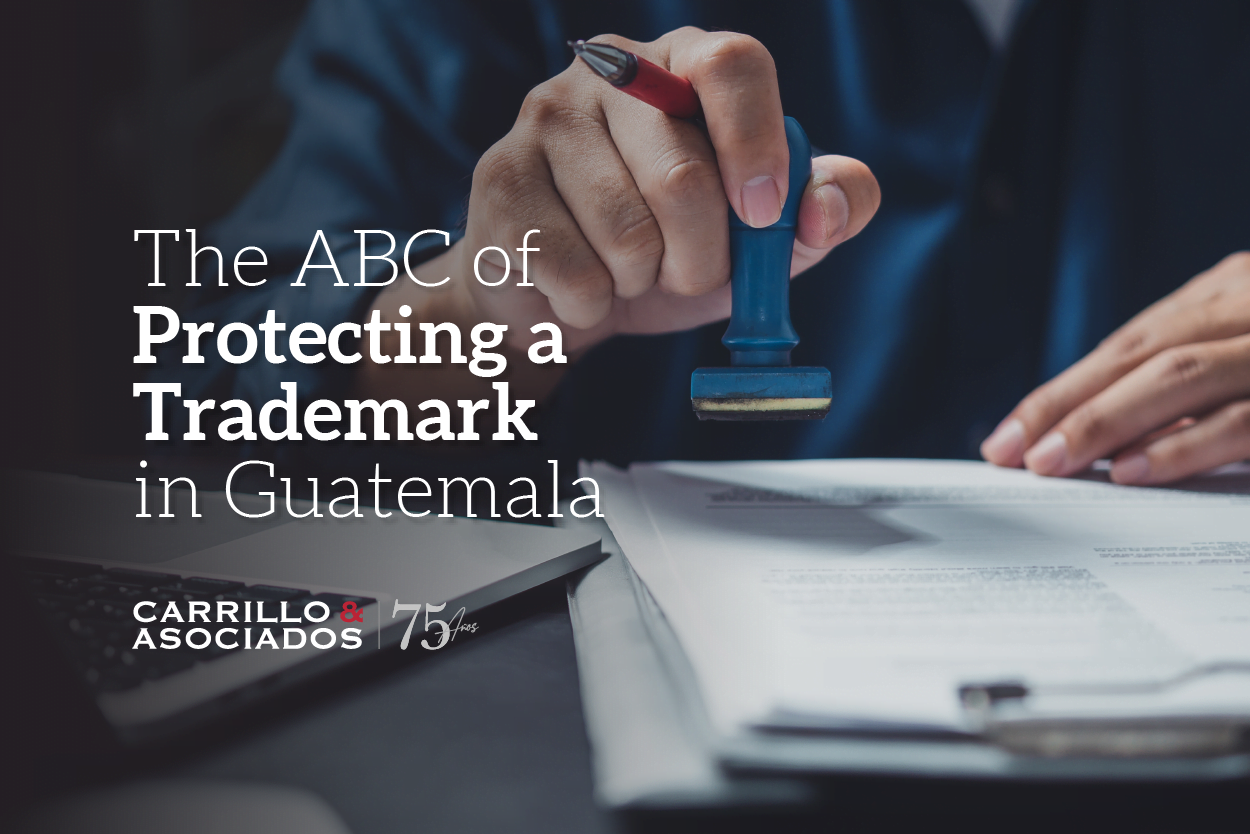
#FreshStartMonday
Welcome to #FreshStartMonday!
Guatemalan legislation recognizes and protects industrial property as an inherent right of individuals, guaranteeing exclusive ownership of their creations to the rights holders.
_
Trademarks are any sign that helps distinguish one's products
or services from others that are similar or identical.
How to protect your trademark?
1. Registry
- The first step in protecting a trademark is to register it. Once registered, it will be protected for 10 years and that protection can be renewed. It is important to keep track of this deadline and renew it in a timely manner.
- By registering a trademark, the owner will have exclusive use of it, which gives them the right to oppose others from using it without their consent, to prevent others from registering an identical trademark for similar products, and to stop the unauthorized use of their trademark, even through legal means.
2. Using the trademark
- To exercise these rights, it is recommended to constantly monitor the use of the trademark.
- This involves monitoring the Intellectual Property Registry, checking the use of the trademark in the market, and even following up with customs authorities regarding the importation of identical or similar products.
3. Stopping third parties from using your trademark
- It should be noted that in Guatemala, violations of industrial property rights are regulated by the Penal Code, which states that any person who imports or exports counterfeit goods, sells, offers, stores, or distributes products or services protected by a distinctive sign (trademark), or counterfeits them, is criminally liable.
- If the trademark owner believes or becomes aware of a suspected import or export of goods that infringe their rights, they can request a judge to suspend the entry or dispatch of the merchandise through customs. Likewise, customs authorities can act by their own prerogative when they suspect that the merchandise infringes the rights of the owner.[2]Tha latter is more likely to occur if the owner cooperates with the authorities and shares information about their products and trademarks so that they can easily identify them. This is a preventive action that can be beneficial for your business.[3].
The protection of industrial property is fundamental for the industrial, commercial, economic, social, and cultural development of a country. Phenomena such as smuggling, counterfeiting, and others jeopardize intellectual creation and trade development. In the past year alone, authorities seized over 2.8 million counterfeit products, according to the Annual Report of the Public Prosecutor's Office (2022-2023).
Taking proactive actions to protect your trademarks can prevent the violation of your rights, but there are also times when it is necessary to implement legal measures to prevent those rights from being put at risk.
Remember,What drives and moves the world are not machines, but ideas.” -Víctor Hugo
References:
Decreto número 57-2000 Ley de Propiedad Industrial. Guatemala.
Guerrero, L. (2020) Guía informativa sobre derechos de autor y propiedad industrial para comunidades locales e indígenas.
Witker, J. y Varela, A. (2003) Derecho de la competencia económica en México. Instituto Nacional de Investigaciones Jurídicas. Universidad Nacional Autónoma de México.
OMPI. (2017). El secreto está en la marca – Introducción a las marcas dirigida a las pequeñas y medianas empresas.